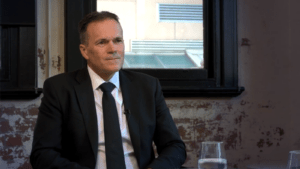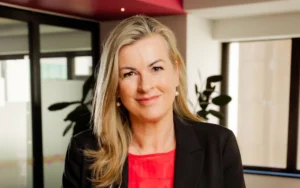-
Sort By
-
Newest
-
Newest
-
Oldest
-
All Categories
-
All Categories
-
Analysis
-
Asset management
-
Economics
-
Retirement
-
Value proposition
Relax, stop worrying; you’re well-off. Australian household wealth per person is now $623,000, putting us right up there with the richest in the world. Not all may feel it, however.
Not happy with the government’s settings on adviser education standards? Well, wait five minutes and they’ll change. Is the latest change a return to the bad old days, or simply common sense prevailing?
Whether there’s an ETF bubble brewing or not is moot, and the debate only obfuscates the real risks. When markets do recalibrate, how will a new generation of fervent ETF believers react?
Pushing bank AT1s into extinction well before APRA’s 2032 cut-off is of natural concern to many fixed income investors. Roy Keenan, Yarra Capital’s co-head of fixed income, looks at the implications and opportunities.
The super funds’ collective willingness to pay inflated prices for bank shares is starting to make them look like outliers. With about 30 per cent collective ownership of the banks, APRA sees “stability risk” as a salient concern for all stakeholders that can’t be ignored.
The inertia that rules the retirement system means bigger ideas are needed if members are going to get the best outcome in retirement. And with millions set to retire in the next few years, time is of the essence.
It’s been an astonishing two years for US equities, but the same can’t be said for global asset markets. 2025 could be a year to explore out of favour markets, according to Ruffer’s Jasmine Yeo.
The vigilantes aren’t back – yet. But the United States’ fiscal position is worse and the spectre of inflation has returned, and this time they would have a much stronger case, according to Ruffer’s Steve Russell.
All strategies work – until they don’t. But while private credit may not be everything it’s cracked up to be, the risks need to be weighed with a sense of pragmatism.
Investors may have settled into an Anything But China mantra, and they may have good reason, but for calculated risk takers there may be a different case to make according to Ruffer’s Duncan MacInnes.
Clearview and trustee ETSL have raised eyebrows and confused advisers by shifting the popular WealthFoundations super and pension product to investment platform provider HUB24. “It’s like a power plant being run by a battery,” says adviser Jason Poole. “It makes no sense.”
As the biggest ETF provider in Australia, Vanguard has the right to crow about another knockout performance over active equity. But invective commentary is a red flag, especially when it’s based on something as changeable as recent market performance.
















